Table of content
Sichuan cuisine, renowned for its bold flavors and fiery kick, has captivated food enthusiasts worldwide with its ability to balance spiciness, numbing heat, and rich umami. Among its many iconic dishes, Sichuan-style braised beef (川味红烧牛肉) stands out as a hearty, aromatic masterpiece that embodies the region’s culinary philosophy. This dish, with its tender beef chunks simmered in a fragrant broth infused with Sichuan peppercorns, chili bean paste, and aromatic spices, is a testament to the province’s reputation for creating dishes that tantalize the taste buds and warm the soul. In this comprehensive guide, we will explore the intricacies of crafting this dish at home, from selecting the finest ingredients to mastering the braising technique that ensures melt-in-your-mouth results.
The Essence of Sichuan-Style Braised Beef
At its core, Sichuan-style braised beef is a symphony of textures and flavors. The beef, typically cut into generous chunks, is slow-cooked until fork-tender, absorbing the complexities of a broth laced with spicy doubanjiang (fermented broad bean paste), Sichuan peppercorns, star anise, and garlic. The dish’s signature málà (numbing-spicy) profile comes from the interplay of chili oil and Sichuan peppercorns, which create a tingly sensation on the palate. Meanwhile, dark soy sauce and rock sugar add depth and a hint of sweetness, balancing the heat.
What sets this dish apart is its versatility. Served over steamed rice, nestled in a bowl of noodles, or paired with fresh vegetables, it is a centerpiece of Sichuanese home cooking and banquet menus alike. Its ability to warm the body and elevate the spirit makes it a beloved staple during colder months, though its addictive flavors ensure it is enjoyed year-round.
Ingredients: Building the Flavor Foundation
Creating an authentic Sichuan-style braised beef requires careful attention to ingredient selection. While the recipe may seem complex, each component plays a vital role in achieving the dish’s signature taste.
Proteins and Cuts
- Beef Chuck or Shank (2.2 lbs/1 kg): Opt for well-marbled cuts like chuck or shank, as the collagen-rich connective tissue breaks down during slow cooking, yielding tender, succulent meat. Avoid lean cuts, which may become dry or chewy.
Aromatics and Spices
- Sichuan Peppercorns (1 tbsp): These prickly, lemon-scented berries are the soul of Sichuan cuisine. Toast them lightly before grinding to release their full aroma.
- Doubanjiang (3 tbsp): A fermented broad bean and chili paste, this ingredient imparts a savory, spicy backbone. Look for brands like Pixian Douban for authenticity.
- Chili Bean Paste (1 tbsp): Adds an extra layer of heat and color.
- Garlic (8 cloves), Ginger (2-inch piece), Scallions (4 stalks): These aromatics form the flavor base. Mince garlic and ginger; tie scallions into knots for easy removal later.
- Star Anise (3 pods), Cinnamon Stick (1-inch piece), Bay Leaves (2): Warm spices that add earthy, floral notes.
Liquid Components
- Dark Soy Sauce (3 tbsp): For color and depth.
- Light Soy Sauce (2 tbsp): Enhances salinity without overpowering.
- Cooking Wine (2 tbsp): Use Shaoxing wine or dry sherry to deglaze the pot and tenderize the meat.
- Beef or Chicken Broth (4 cups): Low-sodium broth allows better control over seasoning.
Sweeteners and Thickeners
- Rock Sugar (1 tbsp): Subtle sweetness that balances the spice.
- Cornstarch (1 tbsp, optional): For thickening the sauce, if desired.
Oils and Fats
- Vegetable Oil (3 tbsp): For searing the beef and sautéing aromatics.
- Chili Oil (1 tbsp, optional): For an extra kick of heat and red hue.
Step-by-Step Preparation: From Stovetop to Table
Marinating the Beef (Optional but Recommended)
For enhanced flavor, marinate the beef chunks in a mixture of dark soy sauce, light soy sauce, and cooking wine for 30 minutes to 1 hour. This step tenderizes the meat and infuses it with seasoning before cooking.
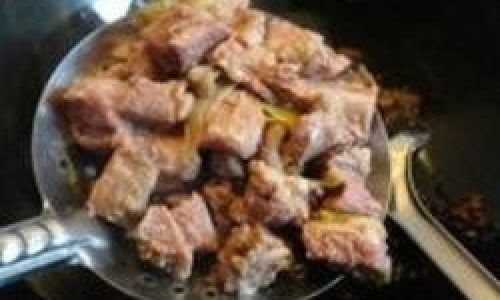
**2. Searing the Beef
Heat 2 tablespoons of vegetable oil in a heavy-bottomed pot or Dutch oven over medium-high heat. Pat the beef chunks dry to prevent splattering, then sear them in batches until browned on all sides. This step caramelizes the meat’s surface, locking in juices and creating a rich fond (browned bits) that will flavor the broth.
Sautéing Aromatics and Spices
Reduce the heat to medium. Add the remaining tablespoon of oil, then stir-fry the minced garlic, ginger, and Sichuan peppercorns until fragrant (about 1 minute). Add the doubanjiang and chili bean paste, stirring constantly for 2–3 minutes until the oil turns a deep red. This step is crucial for developing the dish’s complex flavor profile.
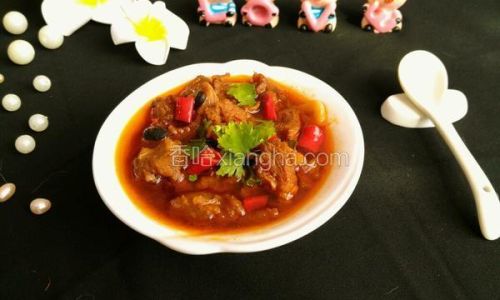
Deglazing and Simmering
Pour in the cooking wine to deglaze the pot, scraping up any stuck-on bits. Return the seared beef to the pot, along with the star anise, cinnamon, bay leaves, and scallion knots. Stir in the dark and light soy sauces, then add the broth. The liquid should just cover the meat; adjust with water if needed.
Braising to Perfection
Bring the mixture to a boil, then reduce the heat to low. Cover the pot and simmer gently for 1.5–2 hours, or until the beef is tender enough to pierce with a fork. Stir occasionally to prevent sticking, and skim off any foam that rises to the surface.
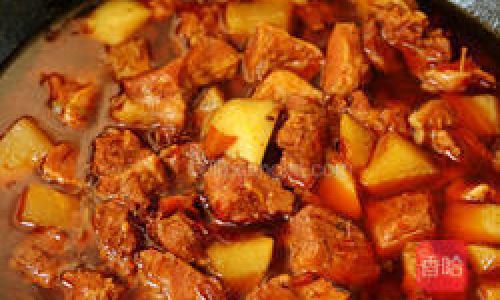
Thickening and Finishing
For a richer sauce, dissolve cornstarch in a splash of water and stir it into the pot during the last 15 minutes of cooking. Add rock sugar and adjust seasoning with salt if needed. For an extra punch, drizzle with chili oil before serving.
Expert Tips for Success
- Toasting Sichuan Peppercorns: Dry-roast peppercorns in a pan until fragrant before grinding. This intensifies their citrusy aroma and reduces bitterness.
- Balancing Spice Levels: Adjust the amount of doubanjiang and chili oil to suit your heat tolerance. For mild versions, reduce the chili components and add a splash of vinegar for brightness.
- Pressure Cooker Shortcut: If short on time, use a pressure cooker to reduce braising time to 25–30 minutes. Release pressure naturally for the best texture.
- Vegetable Additions: Enhance the dish by adding diced carrots, potatoes, or daikon radish during the last 30 minutes of cooking. These vegetables absorb the flavorful broth beautifully.
- Make-Ahead Magic: Like many stews, this dish tastes even better the next day. Store in an airtight container for up to 3 days, or freeze for up to 3 months.
Cultural Context: Sichuan Cuisine and Its Spicy Heritage
Sichuan province’s cuisine is shaped by its geography and climate. Nestled in a basin surrounded by mountains, the region’s humid, foggy weather historically necessitated the use of pungent spices like Sichuan peppercorns and chili peppers to combat dampness and stimulate circulation. Over centuries, these ingredients evolved into the hallmark of Sichuan cooking, known as xiāng là (fragrant spicy).
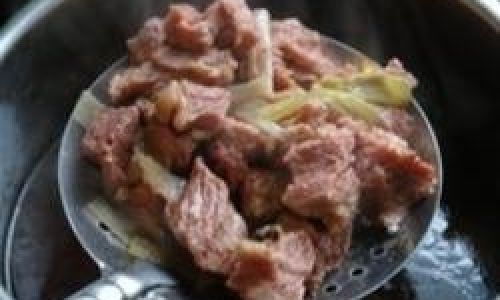
Braised dishes like this beef recipe were historically reserved for special occasions, as they required time, fuel, and expensive ingredients. Today, they remain symbols of Sichuanese hospitality and culinary craftsmanship. The dish’s ability to unite contrasting flavors—sweet, salty, spicy, and umami—reflects the Sichuanese philosophy of yīng yáng (yin-yang) balance, where extremes coexist harmoniously.
Serving Suggestions and Pairings
- Steamed Rice: The classic accompaniment, its neutral flavor allows the beef’s richness to shine.
- Noodles: Toss thick, chewy noodles in the braising liquid for a hearty meal.
- Pickled Vegetables: A side of Sichuan-style pickled mustard greens or cucumbers cuts through the richness.
- Cold Beer or Jasmine Tea: A crisp beverage complements the dish’s heat and spice.
Conclusion: A Culinary Journey to Sichuan
Crafting Sichuan-style braised beef is more than a recipe—it’s an exploration of tradition, technique, and taste. From the tingle of Sichuan peppercorns to the comforting embrace of slow-cooked beef, this dish embodies the spirit of Sichuanese cuisine: bold, unapologetic, and deeply satisfying. Whether you’re a seasoned cook or a curious novice, mastering this recipe invites you to savor the artistry of Chinese regional cooking, one tender, flavor-packed bite at a time. So gather your ingredients, ignite your senses, and let the sizzle of the wok transport you to the bustling streets of Chengdu, where every meal is a celebration of flavor.
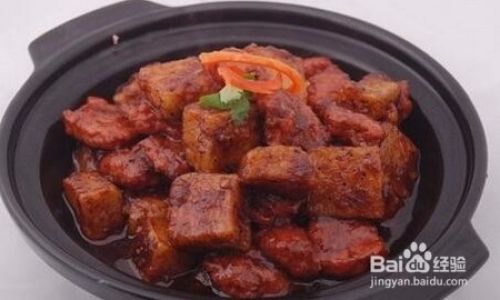
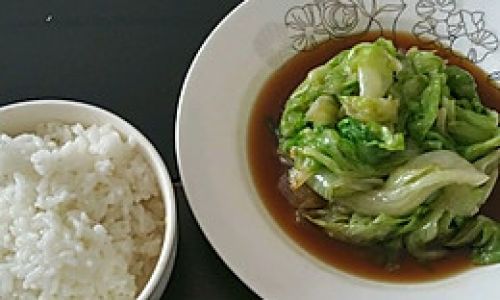
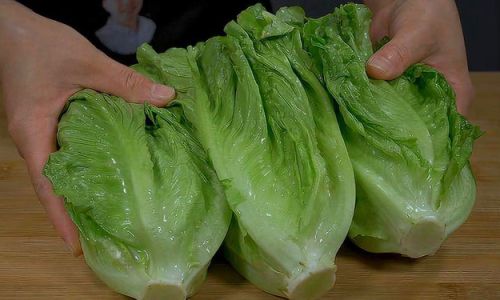
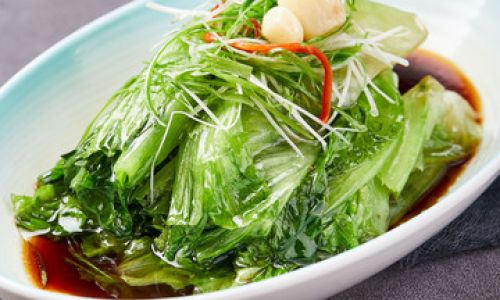

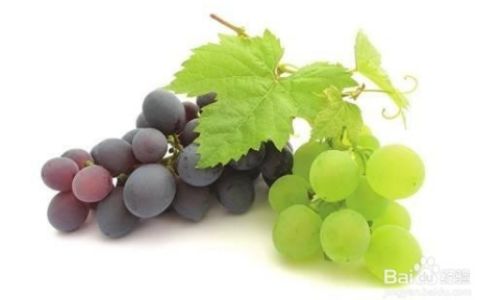
0 comments